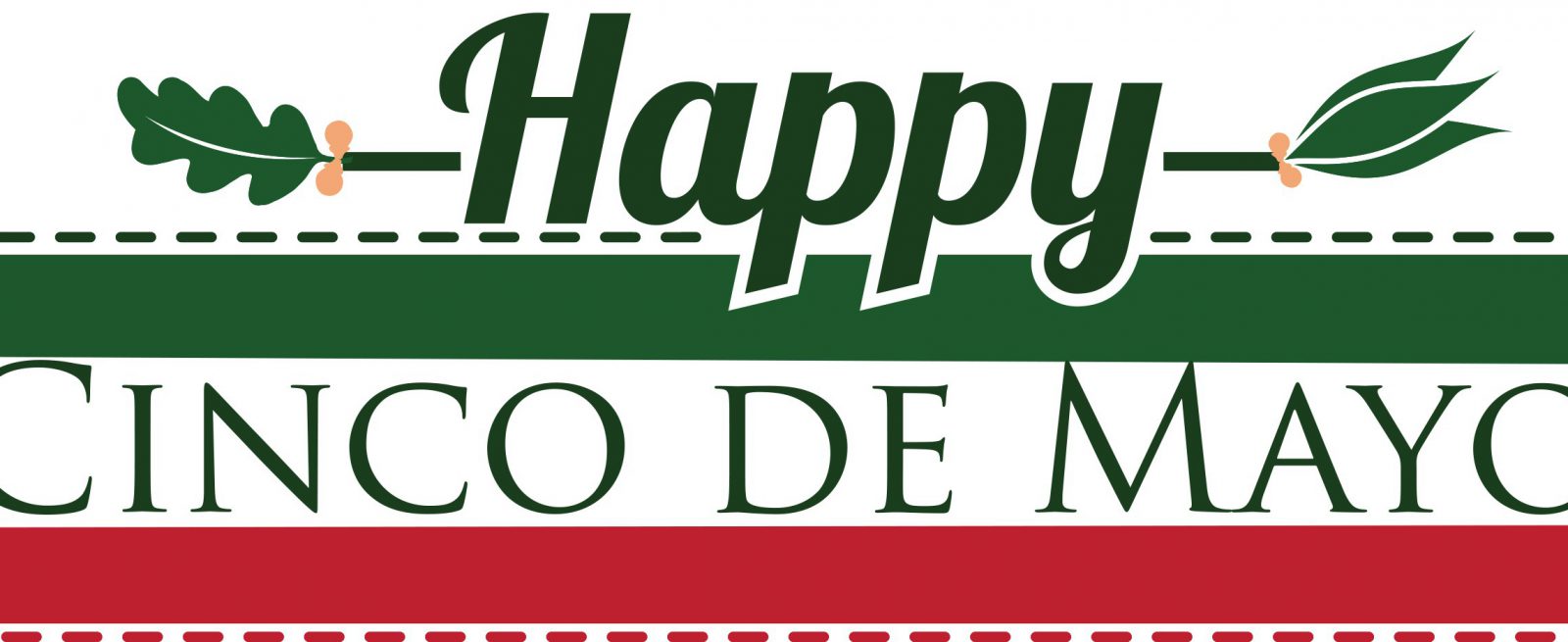According to a Recent Study/Survey … Special Cinco de Mayo Edition
8 Min Read By MRM Staff
Here at Modern Restaurant Management (MRM) magazine, we are research junkies so when our friends at CAKE and ezCater sent along some amazing Cinco de Mayo statistics, we knew we had to go off schedule and post a special edition of our popular According to .. research wrap-up. For your reading pleasure, we also included some research on server stereotypes from the University of Missouri and ways artificial intelligence is affecting restaurants from SYNQ3 Restaurant Solutions.
Cinco de Mayo Stats ICAKE looked at how restaurants and bars performed on Cinco de Mayo in 2015-2016 to help independent operators prepare for this year’s festivities. CAKE’s technology allows restaurant owners to access macro-level data to identify trends—such as how transactions and revenue fluctuate on popular holidays— and level the playing field against large chains with deep pockets.
They wanted to know: does a holiday like Cinco de Mayo really outperform similar trendy food and beverage…
Sorry, You've Reached Your Article Limit.
Register for free with our site to get unlimited articles.
Already registered? Sign in!

